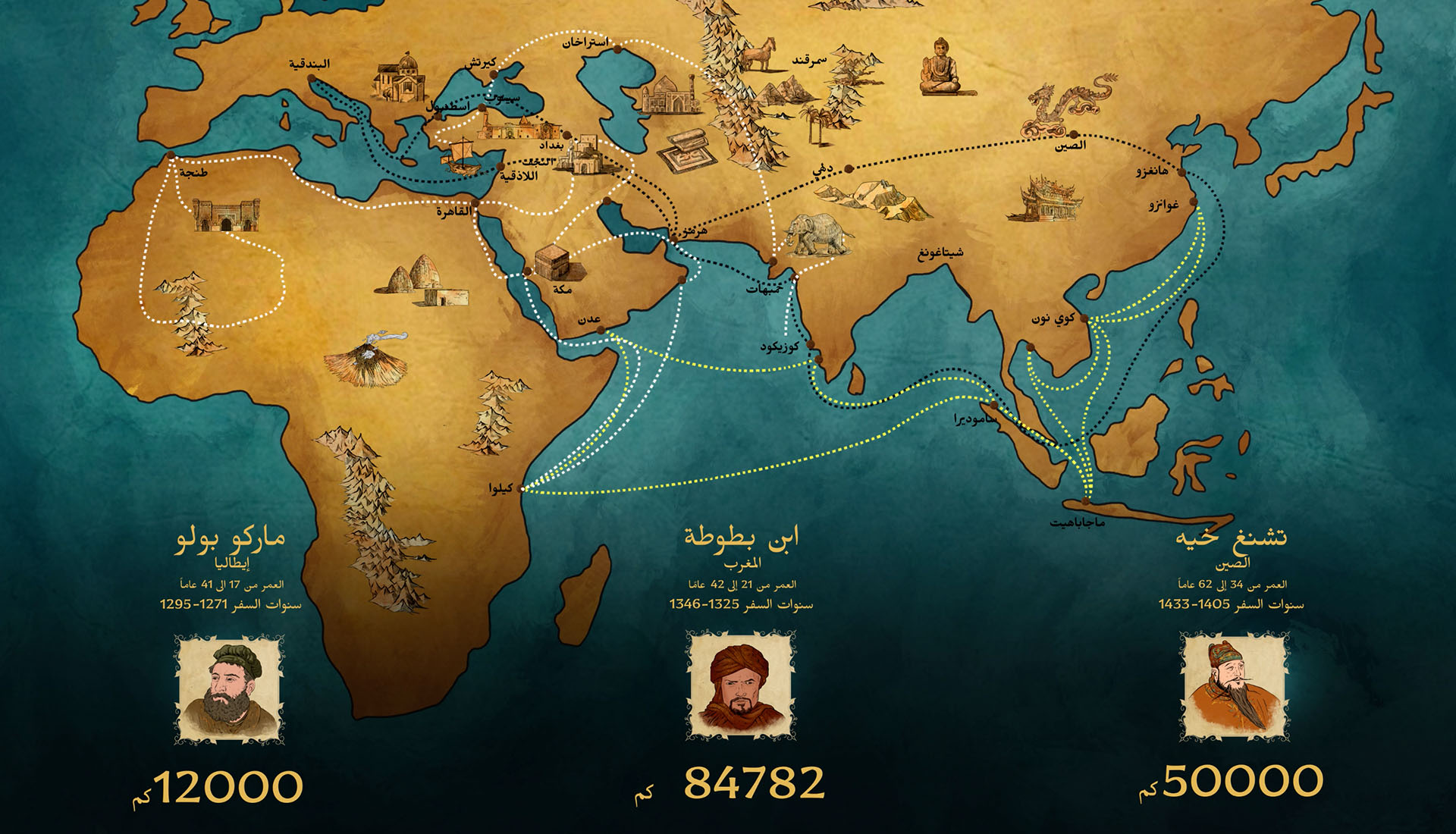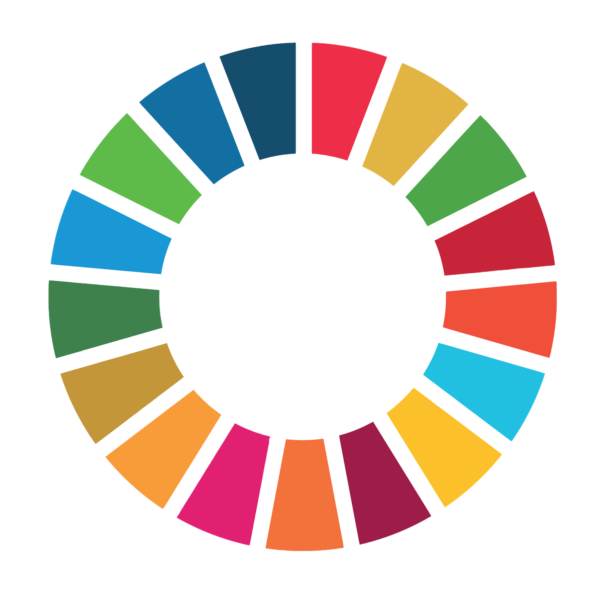THE GREATEST TRAVELLER OF ALL TIME
The travellers, who crossed mountains, continents and seas with a sense of curiosity, contributed to the development of both literature and science; in their works, they provide information in many different fields from culture to language, geography to economy, cosmography to philosophy. The travellers, who made use of the maps drawn before them during their travels, played an active role in the development of geography and cartography with the travelogues they wrote and the maps they drew.
Ibn Battuta (1304-1369) is the greatest traveller of all times and the author of the travelogue known as “rihla ibn battuta”. He also served as a qadi (Judge) in the places he travelled. Ibn Battûta, who set out from Tangier with the intention of performing the Hajj (pilgrimage) when he was only 22 years old, travelled to Spain, North Africa, Central Asia, Anatolia, Eastern Europe, India, Maldives, and China. He made seven separate journeys in the span of twenty-nine years and reported his observations about the places he visited. If the distance he travelled during his lifetime is calculated, he surpassed the most famous travellers in history with a distance of approximately 73,000 miles (~117,500 km).







